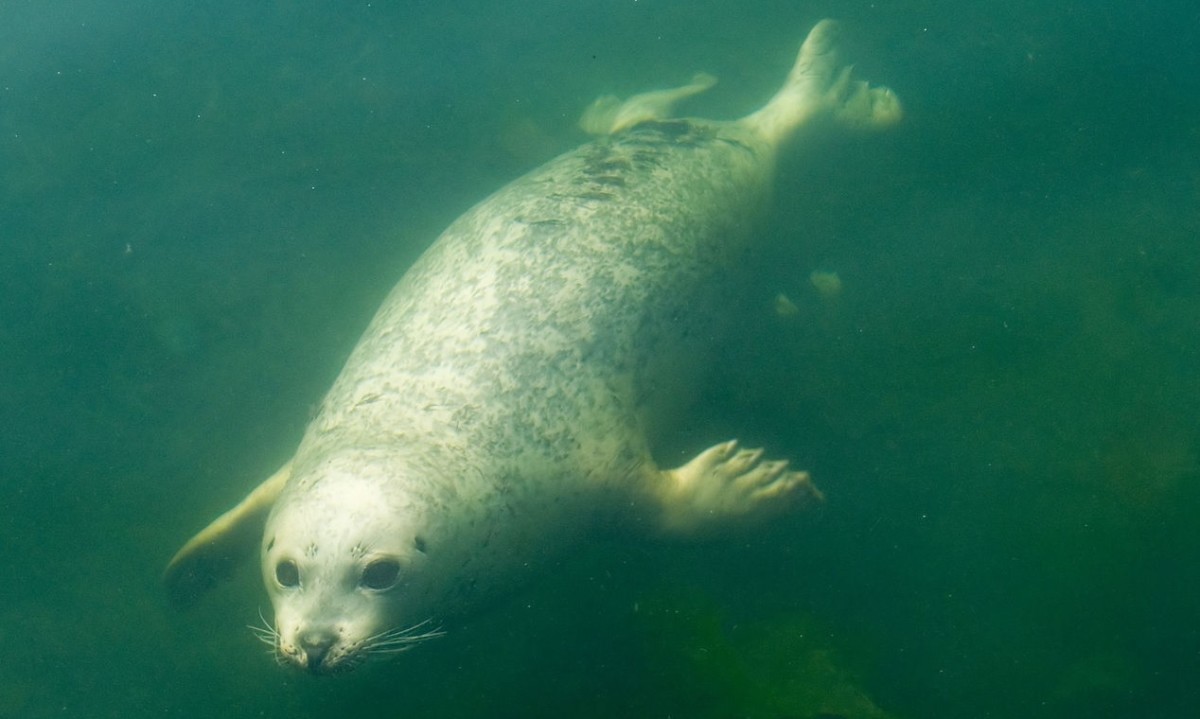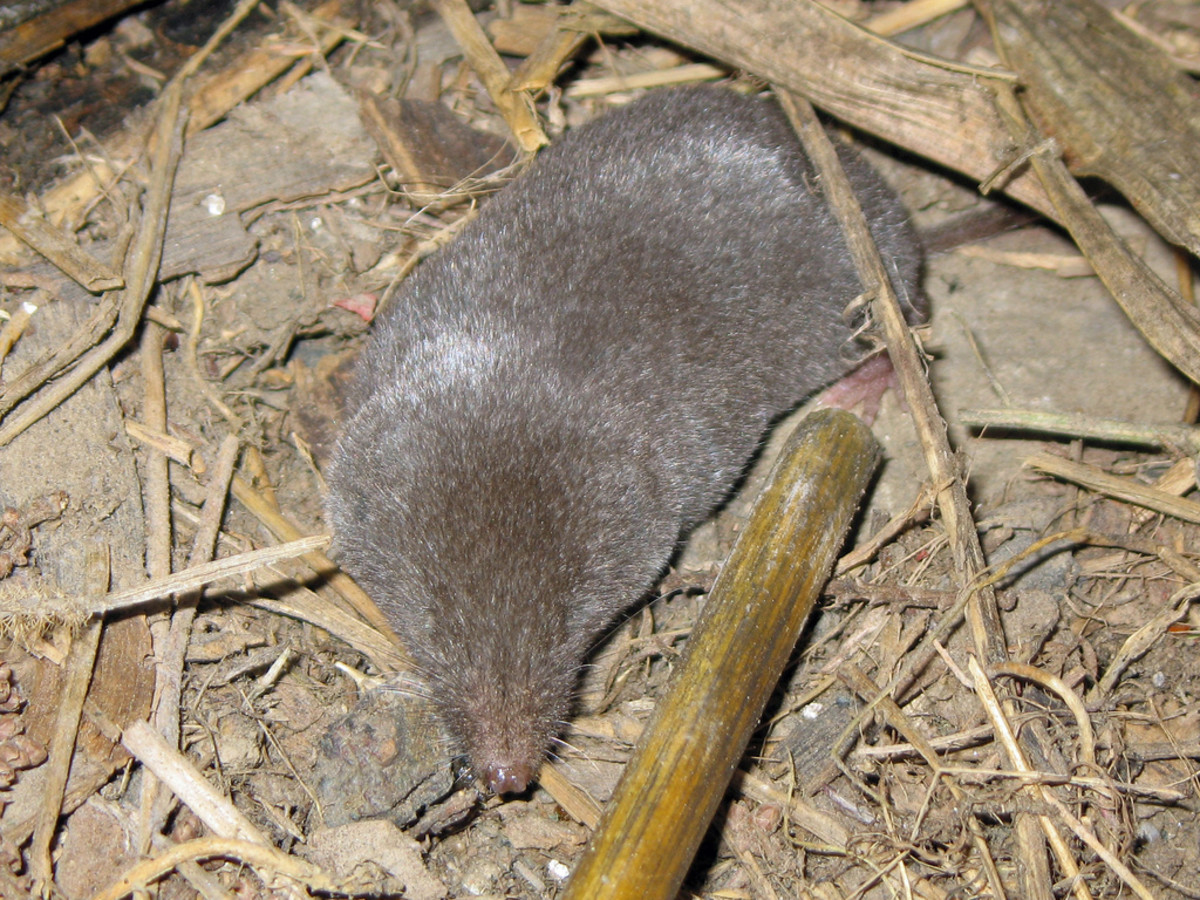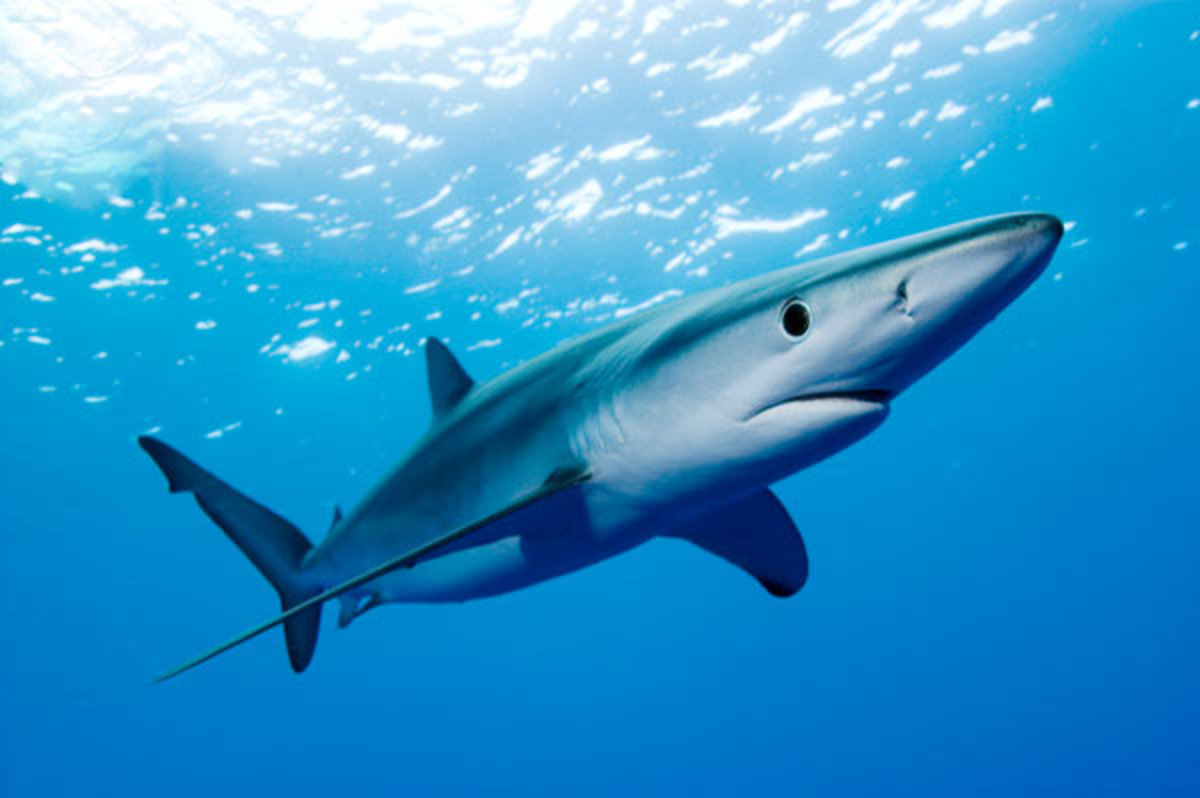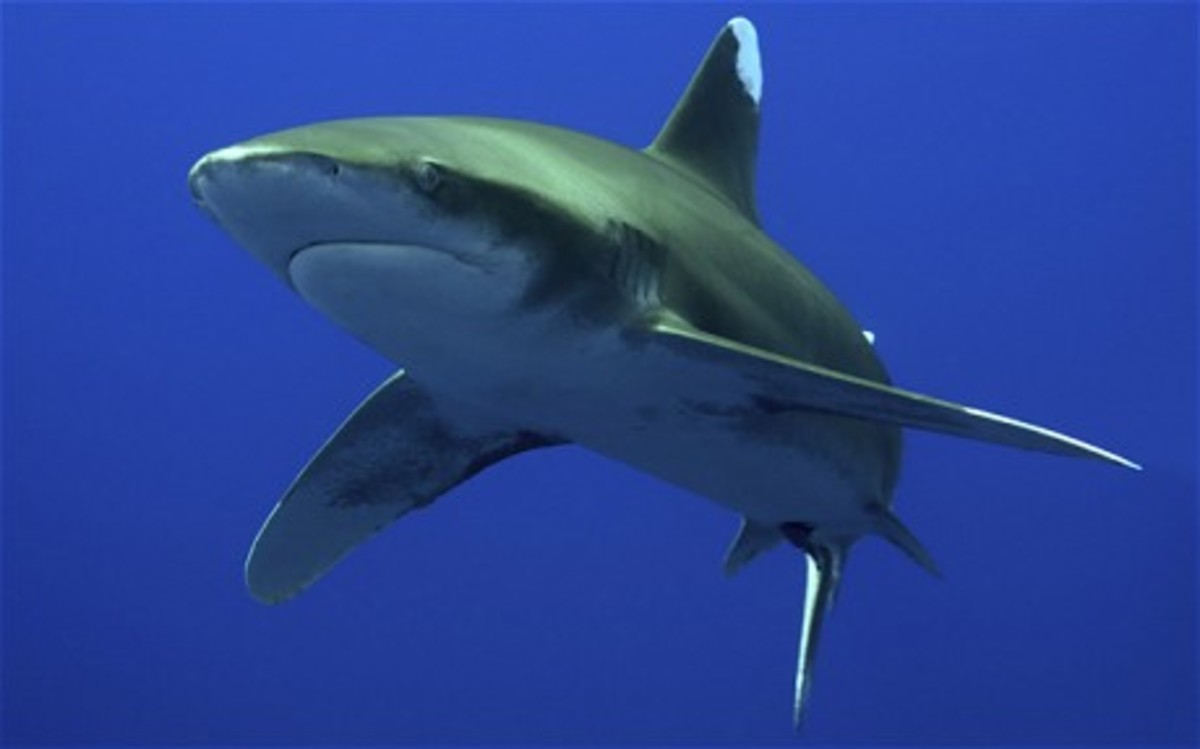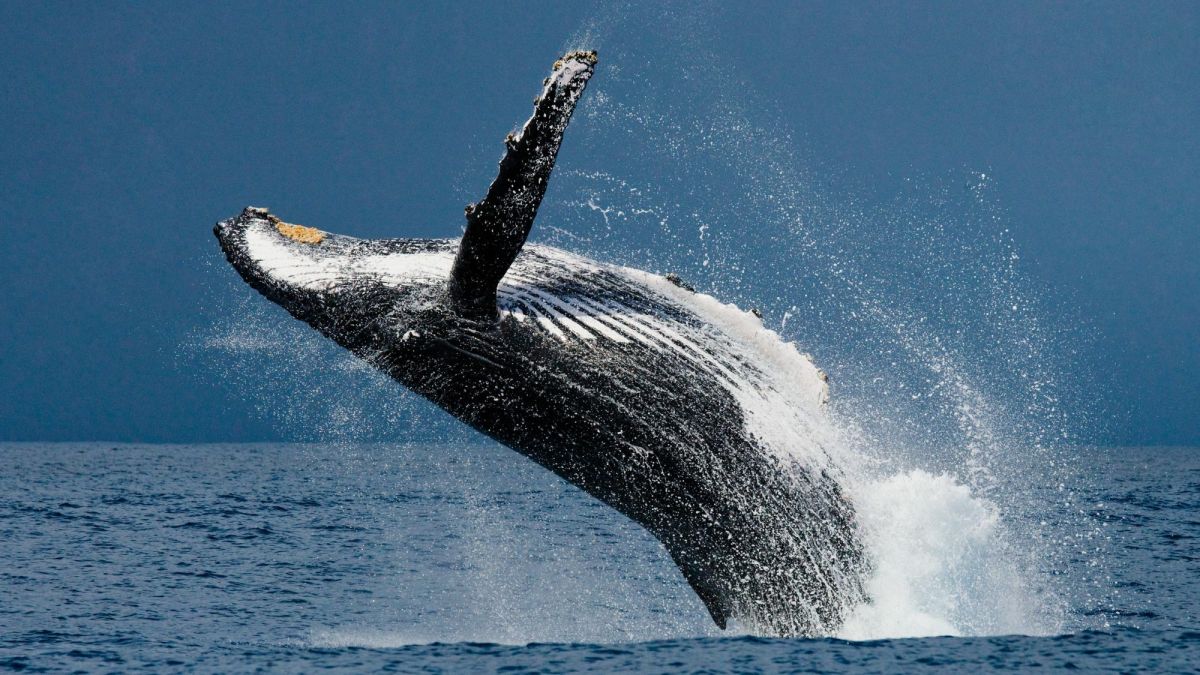- HubPages»
- Education and Science»
- Life Sciences»
- Marine Biology»
- Marine Life
Elephant Seal
Genus Mirounga
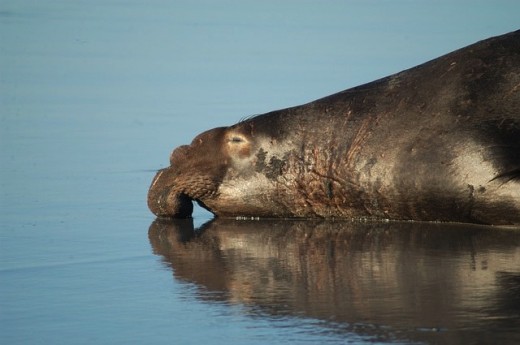
Elephant Seal Description
The Elephant Seal is a very unique animal when it comes to its appearance. They feature a trunk like an elephant’s but much shorter. This is very fascinating to many people as well as researchers. There are two species of these seals out there – the Northern Elephant Seal and the Southern Elephant Seal. They have some distinctions that cause for them to be placed in two separate groups.
These are extremely large seals, with the Southern species being larger than the Northern. Adults can typically be about 5,000 pounds, and grow as long as 14 feet when you are talking about the males. The females are quite a bit smaller than that. This is one of the primary ways that these two sexes can be identified from each other.
Elephant Seals range in color too so they are often mistaken for two different types of seals. For example some of them are gray in color. Others are a shade of black. They can range in plenty of shades of color along these lines.
Related Sites
- Seal Facts and Information
Facts and Information about Seals. Feeding, habitat, distribution, reproduction, anatomy and more. Facts about Species like the Harbor Seal, Harp Seal, Hawaiian Monk Seal, and many others. - Walrus Facts
Walrus Facts and Information. Feeding, habitat, distribution, reproduction, anatomy and more. Also, the conservation efforts made to preserve Walruses and how humans have interacted with Walruses. - Sea Lion Information - Sea Lion Facts and Information
Amazing photo gallery about Sea Lions. Sea Lion Information.
Elephant Seal Anatomy
The bodies for these huge animals are developed in a way that allows them to be very successful in the water. They have powerful flippers that help them to move through the water with ease. They can do well in various types of water include that which is warm and that which is extremely cold.
They are very clumsy and slow moving on land though due to how much they weight. Elephant Seals often seem overweight due to the fact that they need to reserve thick layers of blubber. They have very large eyes too which seem out of place on their bodies. Yet these eyes are a central benefit to them when it comes to being able to successfully find their food sources in the water.
Elephant Seal Evolution
How did the Elephant Seal come to be what we know them as today? This is still an area of questions and debate out there. The common theory though is that they evolved 25 million years ago. They have been able to successfully continue to evolve based the fossils that have been found though.
It is believed that the species was very different back then though. They were actually land animals that may have spent just a small bit of time in the water. Then for some reason they needed to be able to depend on the water as a place to live and a source of food. The limbs that once allowed them to walk on land became flippers for the water. They were also believed to be much lighter back then versus their size today.

- Facts about Pollution | Effects of Pollution
Pollution Facts and Information. Effects of Pollution in the Environment - Facts about Whales
Whale Facts and Information. Feeding, habitat, distribution, reproduction, anatomy and more. Facts about Species like the Blue Whale, Humpback Whale, Sperm whale, Beluga Whale and many others. - Facts about Sharks
Information and facts about sharks. Sharks are one of the most amazing creatures in the earth. They have lived in the ocean for more than 450 million years and they have survived succesfully during this time. - Facts about Dolphins
Facts about Dolphins, Information about Bottlenose Dolphins, Pink Dolphins. Dolphin Information
Elephant Seal Behaviour
There is still plenty of research that needs to be done in regards to the behavior of elephant seals. They are believed to be very social though in nature towards each other. The females form large colonies while the males tend to form their own groups, known as bachelors. As they get older though those males will become more isolated in their living style. They become very territorial as well which tends to leads to plenty of conflicts among the male Elephant Seals.
Elephant Seal Habitat
There are many locations out there where the Elephant Seals live. The Northern species reside in the cooler region of Alaska as well as the warmer areas of California into the Gulf of Mexico. The Southern species only live in the frigid waters of Antarctica.
Regardless of where they live, they seem to have a high risk of dying from various forms of bacteria that form in the water. This even occurs in captivity where the water is regulated. This accounts for the death of many colonies of Elephant Seals out there. It isn’t fully understood why the life span for the Northern species is about 9 years but the life span for the Southern species is about 22 years.
- The Portal of Animal Diversity | Amazing Animal Facts
The Portal of Animal Diversity. Visual index of animals. Dolphins, Whales, Penguins, Sharks, Tigers, Elephants, Flamingos, Otters, Killer Whales, Seals, Sea Lions, Sea Turtles, Polar Bears, Walruses, Squids, Manatees, Snails, Gorillas, Manta Rays and - Facts about Sea Turtles
Facts and Information about Sea Turtles. Feeding, habitat, distribution, reproduction, anatomy and more. Facts about Species like the Green Sea Turtle, the Loggerhead Turtle, the Hawksbill Turtle, the Leatherback Turtle and many others. - Flamingo Facts
Flamingo Facts and Information. Feeding, habitat, distribution, reproduction, anatomy and more. Facts about Species like the Greater Flamingo, Lesser Flamingo, American Flamingo and others.
Elephant Seal Feeding Habits
Elephant seals can consume up to 6% of their body weight as they feed. They eat at night which gives them the ability to consume their food without being noticed as they sneak up behind it. They will consume octopus, squid, sharks that are small in size, and many types of fish that happen to be around.
Elephant Seals can dive very deep in search of food, up to 4,000 feet. This allows them to find food that isn’t found at the surface. They have an amazing ability to stay in the water for a couple of hours before they need air too. This helps them to conserve a great deal of energy as they aren’t surfacing very often. They will eat more than they need to in the winter months as well as in the spring. This helps them to get read for other things in their life.
For example in the summer months an Elephant Seal will be on the shore for a couple of months for a process known as molting. During this period of time they won’t be able to return to the water in order to feed so they have to have enough food stored up in their bodies as layers of fat. After the molting is complete they can return to the water and to their regular eating patterns.
Elephant Seal Reproduction
The males fight to be dominate when it comes to reproducing. The females are ready about 4 years of age with it being double that for the males. The males engage in battles to determine who is strongest and who will get to mate with a given colony of females. They don’t just mate with one of them but the entire colony of them. This can be from a few females to as many as 50.
For many young Elephant Seal males, they simply aren’t strong enough to be able to mate for many years after they are mature enough to do so. After the mating process, the females will spent as much time a they can feeding. They have 11 months until their pup is born. Their quest at that time is to build up as much fat to store as they can.
They have their young on the shore or in the very shallow water and then move to the shore. Here they will stay with the young for a period of about one month. The pups will grow very fast from the milk that is rich in fat. The mothers will survive from the fat that they have stored up.
After a month of feeding though she is ready to return to the water to feed. Her offspring will spend another couple of weeks on the shore. They too will survive from their fat reserved. In a couple of weeks they will make their way to the water to care for themselves and to feed on the various items found in the water.
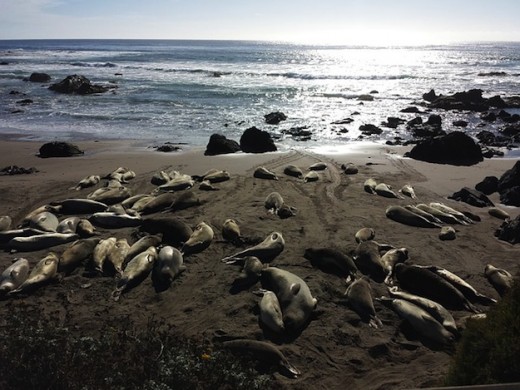
Elephant Seal Predators
The Elephant Seal is one of the few animals in the world that don’t have any natural predators. That does make it ironic though that at one point they were on the brink of extinction. This is due to the fact that so many humans were killing them as a source of oil. Efforts were put in place to protect them so other sources of oil had to be introduced.
This is one story that seems like it will have a happy ending. The number of Elephant Seals out there continues to increase at a steady rate. They are no longer in danger of being completely wiped out as they once were. Conservation efforts do continue though to preserve their natural habitat, reduce pollution that affects them, and to help reduce the overall effects of global warming.


